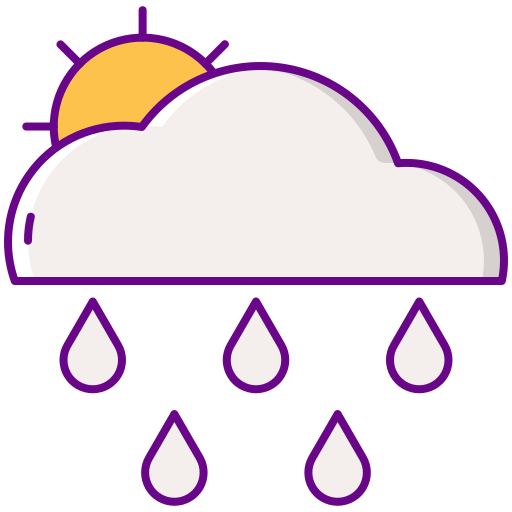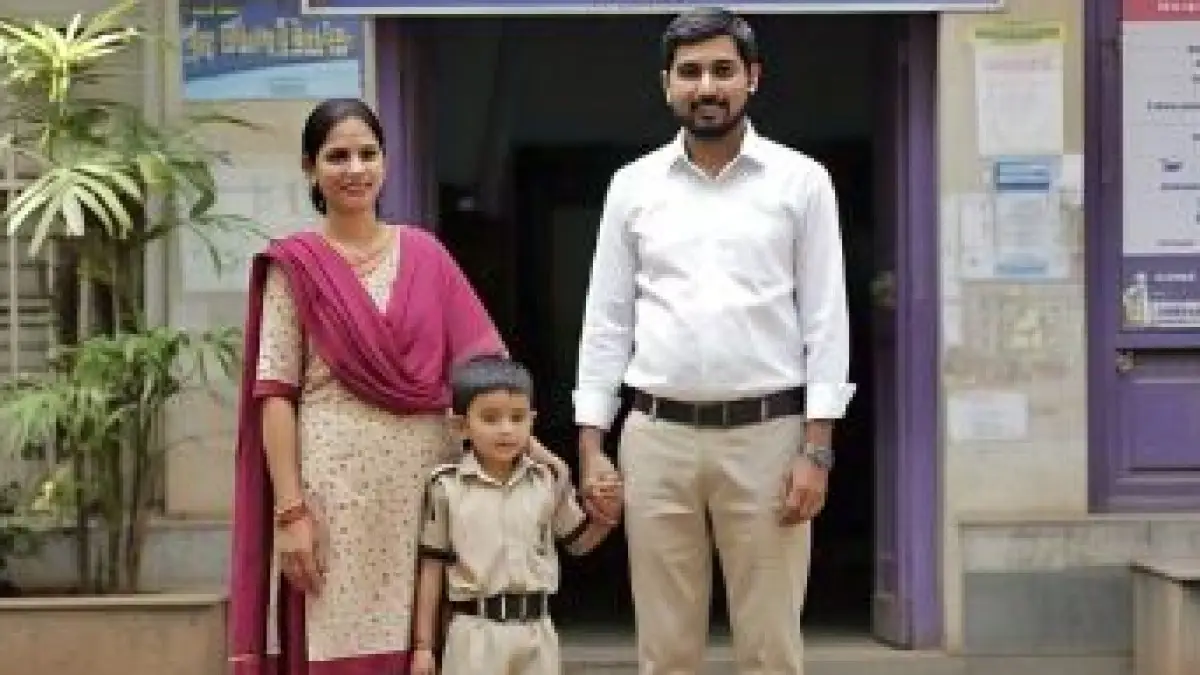India has witnessed a significant rise in legal adoptions, signaling a heartening change in public mindset towards providing homes to orphaned and abandoned children. In the financial year 2024–25, the country registered a total of 4,515 legal adoptions, marking the highest figure in almost ten years.
Out of the total, an overwhelming 4,155 adoptions were domestic, showcasing a remarkable transformation in how Indian families now perceive adoption. What was once a path taken hesitantly or out of necessity is increasingly becoming a conscious and compassionate decision by many.
Experts and child welfare authorities attribute this rise to greater awareness, destigmatization, and improved legal frameworks surrounding adoption. The growing number suggests that adoption is no longer an exception in Indian households—it is now a welcomed and celebrated choice. With this upward trend, India moves closer to ensuring every child has the opportunity to grow up in a nurturing family environment.
Driving this transformation is the Central Adoption Resource Authority (CARA), with its mission to ensure no child is left behind. The statutory body under the Ministry of Women and Child Development ensures that adoptions should happen legally and ethically to safeguard innocent children.
It functions as the nodal body for the adoption of Indian children and is mandated to monitor and regulate in-country and inter-country adoptions.
It is designated as the Central Authority to deal with inter-country adoptions by the provisions of the Hague Convention on Inter-country Adoption, 1993, ratified by the Government of India in 2003.
CARA primarily deals with the adoption of orphan, abandoned, and surrendered children through its associated /recognized adoption agencies.
Before planning to adopt, the Prospective Adoptive Parents must go through the eligibility criteria mentioned on CARA’s website. Illegal adoption is concerning as it amounts to child trafficking and is a punishable offense under The Juvenile Justice (Care and Protection of Children) Amendment Act, 2021.
More Children, More Hope
For years, one of the biggest hurdles in adoption was the gap between children in need and parents willing to adopt. But 2023–24 marked a turning point.
Over 8,500 children were identified and added to the adoption pool—many of them from institutions where they had long waited to be seen, chosen, and loved.
245 new agencies were added to CARA's network, making adoption more accessible than ever.


















